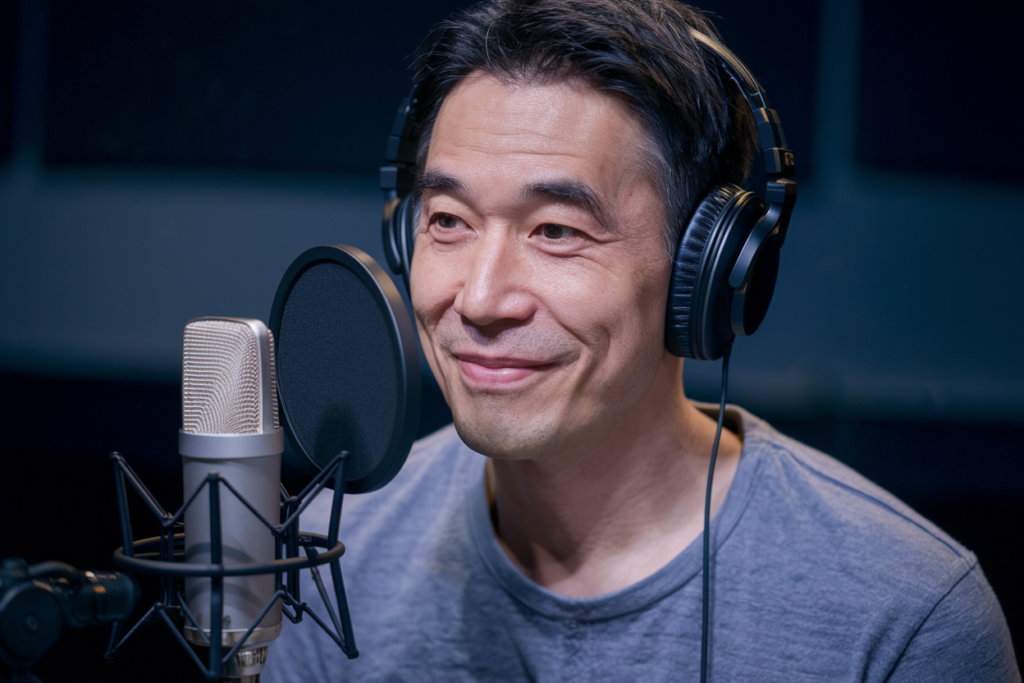Key Takeaways
- Enhancing Understanding: Japanese subtitles are essential for non-Japanese speakers, bridging cultural gaps and allowing for a deeper appreciation of dialogue and humor in media.
- Capturing Emotion: Reading subtitles while listening to the original audio helps maintain character voices and emotional tones, enriching the overall viewing experience.
- Contextual Relevance: Effective subtitling requires attention to context, ensuring that translations reflect cultural nuances and idiomatic expressions appropriately.
- Clarity is Key: Use clear and concise language in subtitles to convey messages effectively without overwhelming viewers with complexity or jargon.
- Cultural Sensitivity: Adapting humorous or culturally specific references thoughtfully maintains respect for the source material while connecting with diverse audiences.
- Timing Matters: Proper syncing of subtitles with spoken dialogue enhances immersion, allowing viewers enough time to read comfortably without losing track of the story.
Ever struggled to understand a great Japanese film because the subtitles just didn’t cut it? You’re not alone. Many viewers find themselves lost in translation, missing out on the rich nuances of dialogue and culture. But don’t worry; you can enhance your viewing experience with a few simple tips for Japanese subtitles in media.
Importance Of Japanese Subtitles In Media
Japanese subtitles play a crucial role in enhancing the understanding of films and shows for non-Japanese speakers. They bridge the gap between cultures, allowing viewers to appreciate intricate dialogues, jokes, and cultural references that may otherwise slip by unnoticed.
Subtitles also help maintain the original voice of characters. When you read subtitles alongside hearing the original audio, you capture both the tone and emotion conveyed by voice actors. This dual exposure enriches your viewing experience, offering insights into character motivations that mere translation might miss.
Moreover, accurate subtitles ensure clarity in storytelling. They guide viewers through complex narratives while preserving subtleties in language that contribute to plot development. For instance, specific phrases can convey deeper meanings or highlight social dynamics unique to Japanese culture.
Using high-quality subtitles fosters engagement with content. You’re more likely to connect with characters when their expressions are correctly translated. This emotional connection encourages discussions about themes and messages portrayed in media.
Incorporating Japanese subtitles is essential for promoting inclusivity in media consumption. It allows a wider audience access to diverse stories while respecting the source material’s integrity. As you explore different forms of entertainment from Japan, quality subtitles become indispensable tools for deeper appreciation of artistic works.
Investing time in selecting or creating effective Japanese subtitles ultimately enhances your overall media experience, making it richer and more fulfilling.
Key Considerations
When creating Japanese subtitles, several key considerations enhance the viewing experience. These factors ensure that your subtitles accurately convey the original intent and emotion of the dialogue.
Target Audience
Understanding your target audience is crucial. Different demographic groups may appreciate various subtitle styles or content focus. For instance, younger audiences might favor informal language and cultural references, while older viewers may prefer a more straightforward approach. Tailoring subtitles to meet audience expectations enhances engagement and comprehension.
Contextual Relevance
Context plays a significant role in effective subtitling. Ensure that translations maintain the essence of the original dialogue while reflecting cultural nuances. Consider idiomatic expressions or humor unique to Japanese culture; these require careful adaptation rather than direct translation for accurate representation. By prioritizing contextual relevance, you foster a deeper connection between viewers and the media’s emotional undertones.
Tips For Effective Japanese Subtitles
Effective Japanese subtitles enhance the viewing experience and bridge cultural divides. Here are key tips to ensure your subtitles resonate with audiences.
Use Clear and Concise Language
Clear, concise language in subtitles conveys messages effectively. Aim for simplicity while retaining the essence of the dialogue. Avoid overly complex phrases or jargon that might confuse viewers. Keep each subtitle brief enough to read comfortably within its display time, ensuring viewers can follow along without feeling rushed.
Maintain Cultural Sensitivity
Cultural sensitivity is crucial when creating Japanese subtitles. Understand that humor, idiomatic expressions, and references may not translate directly into English or other languages. Adapt these elements thoughtfully to retain their meaning and impact while remaining respectful of cultural nuances. This approach fosters a genuine connection with the audience, allowing them to appreciate the richness of Japanese media fully.
Timing and Syncing
Timing is vital for effective subtitling. Ensure that subtitles appear on screen in sync with the spoken dialogue to maintain immersion in the story. Each subtitle should stay long enough for viewers to read comfortably before transitioning to the next one. Consider pacing; fast-paced scenes may require shorter text durations, while emotional moments could benefit from longer displays, giving audiences time to absorb both visuals and words.
By focusing on clarity, cultural relevance, and precise timing in your Japanese subtitles, you create a more engaging experience that resonates deeply with your audience.
Tools And Resources
Finding the right tools and resources can significantly enhance your experience with Japanese subtitles. From specialized software to online communities, these options provide valuable support for creating or selecting effective subtitles.
Subtitle Software
Using subtitle software streamlines the process of creating high-quality subtitles. Popular programs like Aegisub and Subtitle Edit offer versatile features such as timing adjustments, formatting options, and translation help. These tools enable you to sync text accurately with audio while maintaining clarity and cultural relevance. Look for software that supports multiple file formats to ensure compatibility with various media types.
Online Communities
Engaging with online communities can be an excellent way to gather insights on subtitling practices. Platforms like Reddit or specialized forums allow you to connect with fellow enthusiasts who share tips and experiences related to Japanese media. These communities often discuss common challenges in subtitling, share resources, and provide feedback on projects. Participating in discussions helps refine your skills while fostering a sense of camaraderie among those passionate about Japanese culture and language.
By leveraging these tools and resources, you can create more accurate, engaging subtitles that resonate with audiences while preserving the essence of the original dialogue.
Conclusion
Mastering Japanese subtitles can transform your viewing experience and deepen your connection with the media. By prioritizing clarity cultural relevance and precise timing you ensure that the essence of the original dialogue shines through. Utilize specialized tools and engage with communities to refine your subtitling skills.
Embrace these tips to create subtitles that not only convey meaning but also resonate emotionally with viewers. With thoughtful consideration of your audience’s needs you’ll foster a richer appreciation for Japanese films and series unlocking layers of enjoyment along the way.
Frequently Asked Questions
Why are Japanese subtitles important for understanding films?
Japanese subtitles are crucial because they help bridge cultural gaps and retain the nuances of dialogue. They allow non-Japanese speakers to appreciate jokes, cultural references, and emotional subtleties that enhance storytelling.
How can I improve my experience watching Japanese films?
To enhance your viewing experience, look for high-quality subtitles that reflect the original language’s tone and context. Familiarize yourself with Japanese culture and consider using subtitle tools to create or find better translations.
What should I consider when creating effective Japanese subtitles?
When creating Japanese subtitles, focus on clarity, cultural sensitivity, and contextual relevance. Tailor your language to suit the target audience’s preferences while ensuring accurate adaptations of idioms and humor.
Are there specific tools for creating high-quality subtitles?
Yes! Tools like Aegisub and Subtitle Edit offer features like timing adjustments and formatting options that make it easier to create accurate and engaging subtitles for Japanese media.
Where can I find resources or communities focused on subtitling?
You can engage with online communities such as Reddit or specialized forums where enthusiasts share tips, resources, and feedback about subtitling practices in order to improve your skills.







